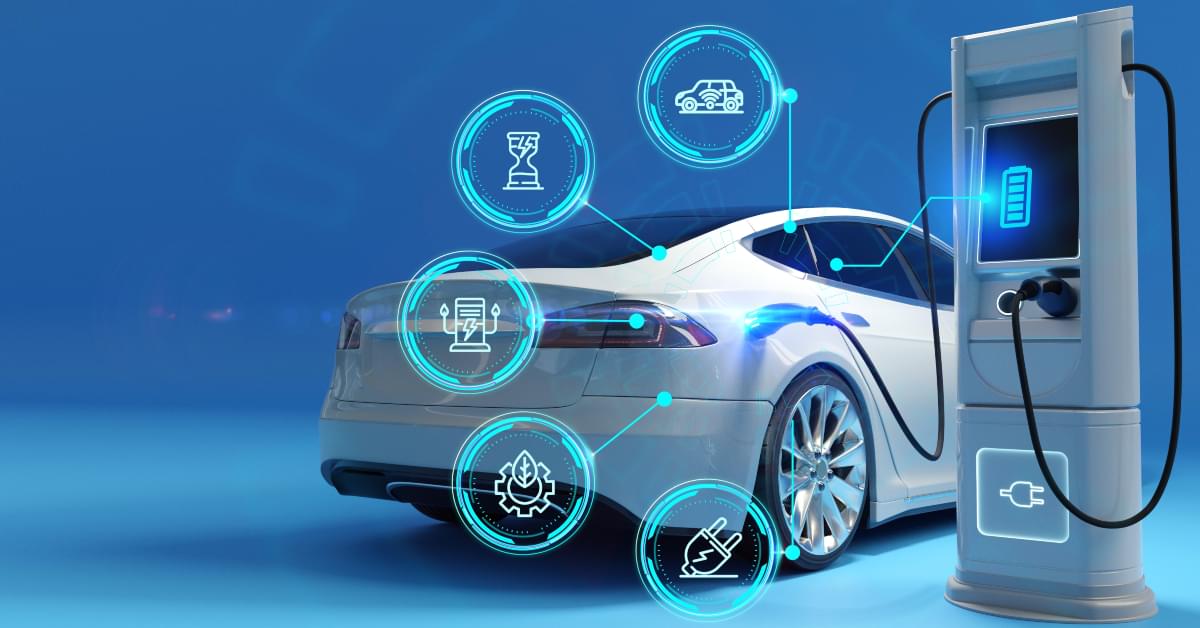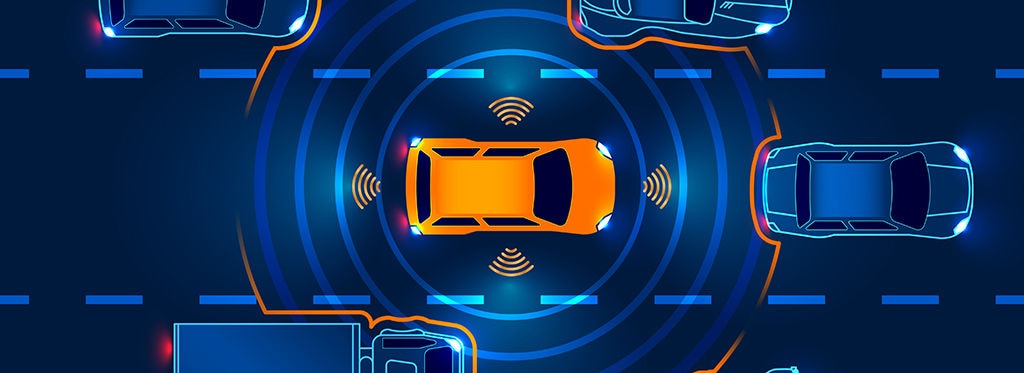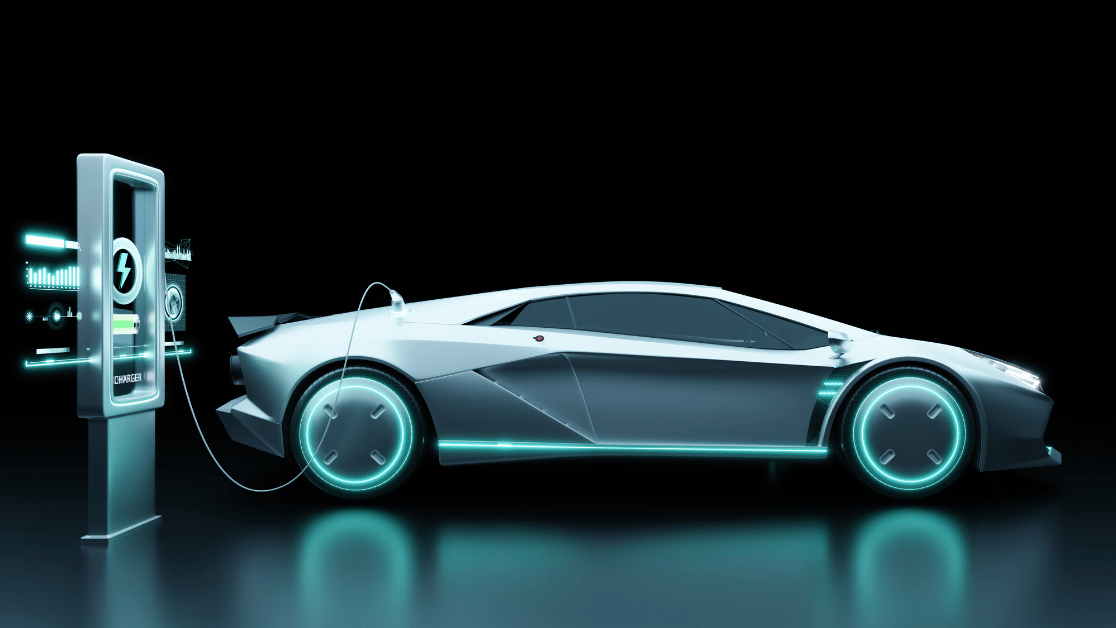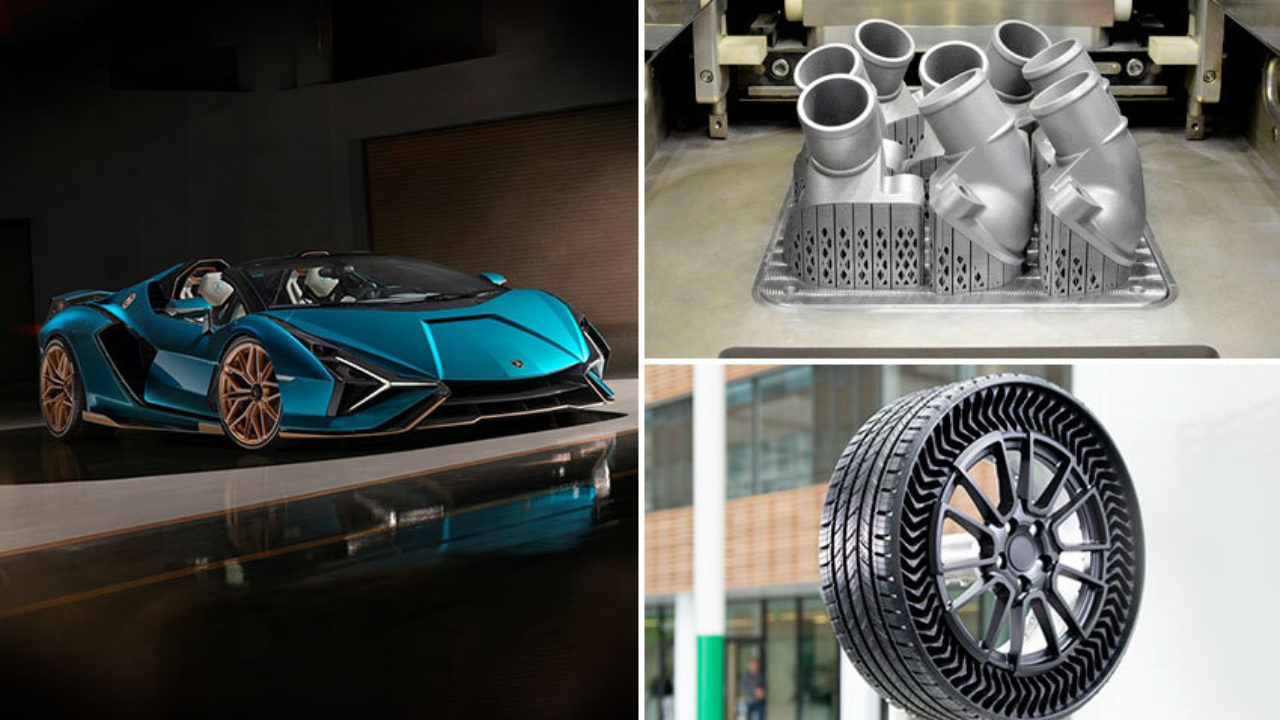Top 10 Innovations Revolutionizing the Car Industry
Explore the latest top 10 breakthroughs that are reshaping the car industry today. Stay ahead with cutting-edge developments.

The car industry is undergoing a revolution, with innovations emerging at a pace we've never seen before. These breakthroughs are not just enhancing the way cars are built but are also reshaping the very fabric of automotive technology, making vehicles safer, more efficient, and more enjoyable to drive than ever. As we look toward the future, it's clear that these top 10 innovations are set to play pivotal roles in this transformation, offering a glimpse into a new era of automotive excellence.
Innovations Revolutionizing the Car Industry
From the integration of advanced driver-assistance systems (ADAS) to the advent of electric vehicles (EVs) that promise a cleaner, greener future, the car industry is at a turning point. Innovative materials are making cars lighter yet stronger, while connectivity features are turning them into mobile computing hubs. Autonomous driving technologies are moving from science fiction to reality, signaling a future where our cars will drive us. Each of these innovations is not just changing how we manufacture cars but also how we perceive and interact with them.
List of Top Choices
- Electric Vehicles (EVs)
- Autonomous Driving Technologies
- Connectivity Features
- Advanced Driver-Assistance Systems (ADAS)
- Innovative Lightweight Materials
- Breakthroughs in Battery Technology
- The Rise of Hydrogen Fuel Cells
- Augmented Reality Dashboards
- Vehicle-to-Everything (V2X) Communication
- 3D Printed Car Parts
Electric Vehicles (EVs)

- Zero emissions: EVs help drastically reduce pollution.
- Lower operational costs: Electricity is cheaper than gasoline.
- Incentives: Many governments offer tax benefits for EV owners.
Electric Vehicles, or EVs, stand at the forefront of the car industry's shift towards sustainability. By emitting zero pollutants from their tailpipes, they offer a cleaner alternative to traditional internal combustion engine vehicles. Besides their environmental benefits, EVs are also more economical to operate over time, thanks to lower fuel and maintenance costs. Moreover, many countries support the adoption of EVs through financial incentives, making them an increasingly attractive option for consumers. As battery technology continues to advance, we can expect EVs to offer even greater ranges and more competitive pricing, further accelerating their adoption worldwide.
Autonomous Driving Technologies

- Safety: Reduces human error, which is a major cause of accidents.
- Convenience: Allows users to focus on other tasks while commuting.
- Efficacy: Can improve traffic flow and reduce congestion.
Autonomous driving technologies promise to redefine our driving experience by making it safer, more convenient, and efficient. By minimizing human error, which accounts for a significant proportion of road accidents, autonomous vehicles can potentially save thousands of lives annually. Moreover, they offer the convenience of hands-free driving, freeing up time for passengers to work, read, or relax during their commute. Additionally, autonomous vehicles can communicate with each other to optimize traffic flow and reduce congestion in urban areas. As these technologies continue to evolve, they pave the way for a future where roads are safer and commutes are less stressful.
Connectivity Features

- Infotainment: Access to real-time navigation, traffic updates, and streaming services.
- Safety: Enables real-time vehicle diagnostics and emergency assistance.
- Convenience: Allows remote control of vehicle features, enhancing user experience.
The integration of connectivity features into modern vehicles is turning them into mobile entertainment and communication hubs. Today's cars offer advanced infotainment systems that provide real-time data, including navigation and traffic updates, and access to media streaming services. Safety has also been enhanced through connectivity, with features like real-time diagnostics and automatic emergency calls in the event of an accident. Additionally, many vehicles now allow owners to control various aspects remotely via smartphone, such as pre-heating or cooling the car, which adds an unprecedented level of convenience. This technology not only improves the in-car experience but also contributes to safer, more enjoyable, and efficient driving.
Advanced Driver-Assistance Systems (ADAS)

- Safety enhancements: Includes features like automatic braking and lane-keeping assistance.
- Reduced driver fatigue: Helps with long drives by maintaining speed and safe distances.
- Increased awareness: Provides drivers with crucial information about their environment.
Advanced Driver-Assistance Systems, or ADAS, are transforming driving by enhancing vehicle safety and making it easier and more comfortable. These systems utilize an array of sensors and technologies to prevent accidents by offering features such as automatic braking, lane-keeping assistance, and adaptive cruise control. By reducing the burden on drivers, especially during long journeys or in tricky driving conditions, ADAS can significantly decrease driver fatigue and improve road safety. Furthermore, these systems increase drivers' awareness of their surroundings, making it easier to avoid potential hazards. As ADAS technologies become more sophisticated, they represent a critical step towards fully autonomous driving, promising a future where driving is not only safer but more accessible.
Innovative Lightweight Materials

- Improved efficiency: Lighter vehicles require less energy to move.
- Enhanced performance: Acceleration, handling, and braking benefit from reduced weight.
- Environmental impact: Lower fuel consumption and emissions.
The adoption of innovative lightweight materials is another key trend revolutionizing the car industry. By using advanced composites, metals, and alloys, manufacturers are able to reduce the weight of vehicles without compromising their strength or safety. This reduction in weight leads to significant improvements in efficiency, as lighter vehicles consume less fuel (or electricity) and produce fewer emissions. Performance benefits as well, with enhanced acceleration, better handling, and shorter braking distances. Ultimately, the use of these materials helps in the industry's efforts to reduce its environmental impact and meet increasingly stringent emissions regulations, all while delivering superior performance and efficiency to the consumer.
Breakthroughs in Battery Technology

- Extended range: New battery technologies are increasing the mileage EVs can travel on a single charge.
- Faster charging times: Innovations are reducing the time required to recharge batteries.
- Longevity and recyclability: Advances are leading to longer battery lifespans and better recycling methods.
One of the most significant advances propelling the automotive industry forward is in battery technology. Electric vehicles now have the potential to travel distances comparable to, and in some cases even surpassing, those of traditional vehicles, thanks to these breakthroughs. Equally important is the reduction in charging times, which is crucial for making EVs more practical for everyday use. Furthermore, the lifespan of these batteries is extending, and efforts to improve recyclability are making a significant impact. These developments not only enhance the appeal of electric vehicles but also contribute to the sustainability of the automotive industry as a whole.
The Rise of Hydrogen Fuel Cells

- Zero tailpipe emissions: Hydrogen fuel cells emit only water vapor.
- Energy efficiency: Fuel cells convert hydrogen fuel directly into electricity, offering greater efficiency than traditional combustion engines.
- Refueling speed: Hydrogen fuel cells can be refueled in a matter of minutes.
Hydrogen fuel cell technology is emerging as a promising alternative to both traditional combustion engines and battery-electric vehicles. These fuel cells generate power by combining hydrogen with oxygen from the air, producing only water vapor as an emission. Besides the clear environmental benefits, hydrogen fuel cells offer greater energy efficiency compared to traditional engines. Additionally, unlike battery-electric vehicles that may require hours to charge, hydrogen fuel can be replenished quickly, providing a significant advantage in terms of convenience. While challenges remain, such as developing the hydrogen fueling infrastructure, the potential of hydrogen fuel cells to change the automotive landscape is undeniable.
Augmented Reality Dashboards

- Enhanced safety: Display vital information directly on the windshield, reducing driver distraction.
- Improved navigation: Overlay directions onto the real-world view of the road ahead.
- Customizable displays: Allow drivers to personalize the information shown on their dashboard.
Augmented reality (AR) dashboards are set to transform the driving experience by integrating digital information with the real world. This technology projects important information, such as speed, navigation directions, and hazard warnings, directly onto the windshield, allowing drivers to keep their eyes on the road. By overlaying digital data onto the physical environment, AR dashboards make navigation far more intuitive. In addition, these systems offer customizable displays, enabling drivers to select the information that is most important to them. AR dashboards represent a significant leap forward in vehicle safety and usability, making driving more seamless and secure.
Vehicle-to-Everything (V2X) Communication

- Improved safety: Enables vehicles to communicate with each other and with road infrastructure to prevent accidents.
- Efficient traffic flow: Reduces traffic congestion by optimizing stoplight timing and vehicle routing.
- Energy savings: Facilitates more efficient driving patterns, reducing fuel consumption.
Vehicle-to-Everything (V2X) communication technology is a game-changer for enhancing road safety and efficiency. By allowing vehicles to "talk" with each other, as well as with traffic lights, signs, and even pedestrians' smartphones, V2X can help prevent collisions and reduce traffic congestion. This system can alert drivers about potential dangers, such as approaching emergency vehicles, even before they come into view. Furthermore, by optimizing navigation and traffic management, V2X technology can contribute to significant energy savings. As this technology becomes increasingly common, it will play a crucial role in the development of smarter, safer cities.
3D Printed Car Parts

- Customization: Allows for personalized vehicle components at a lower cost.
- Reduction in waste: Produces less scrap material during manufacturing.
- Innovation in design: Enables the creation of complex shapes and structures not possible with traditional manufacturing.
3D printing is revolutionizing car manufacturing by offering unparalleled flexibility and efficiency. This technology enables the production of customized vehicle parts at a fraction of the cost of traditional manufacturing methods. It also significantly reduces waste, making it a more sustainable option. Moreover, 3D printing allows for the creation of designs and structures that were previously impossible, pushing the boundaries of innovation in automotive design. As 3D printing technology continues to advance, it opens up new possibilities for both manufacturers and consumers, leading to more personalized, efficient, and sustainable vehicles.
The automotive industry is at a pivotal juncture, with emerging technologies promising to redefine mobility in ways previously unimaginable. From the transition to electric vehicles and the advent of autonomous driving to the integration of connectivity features, advanced driver-assistance systems, and innovative materials, these top 10 innovations are setting the stage for a future where cars are not just modes of transportation but integrated platforms for safety, efficiency, and personal expression. As these technologies continue to evolve and synergize, they hold the potential to transform the automotive landscape, making vehicles safer, more environmentally friendly, and more enjoyable to drive. The road ahead for the car industry looks not just promising but revolutionary, driving us towards a horizon ripe with potential and excitement.
What's Your Reaction?

































































